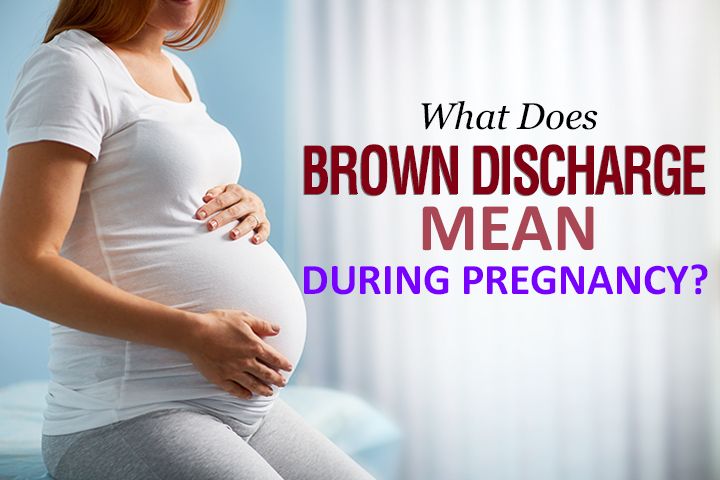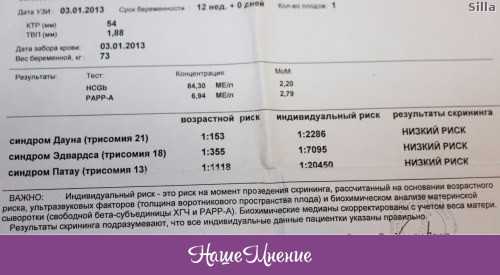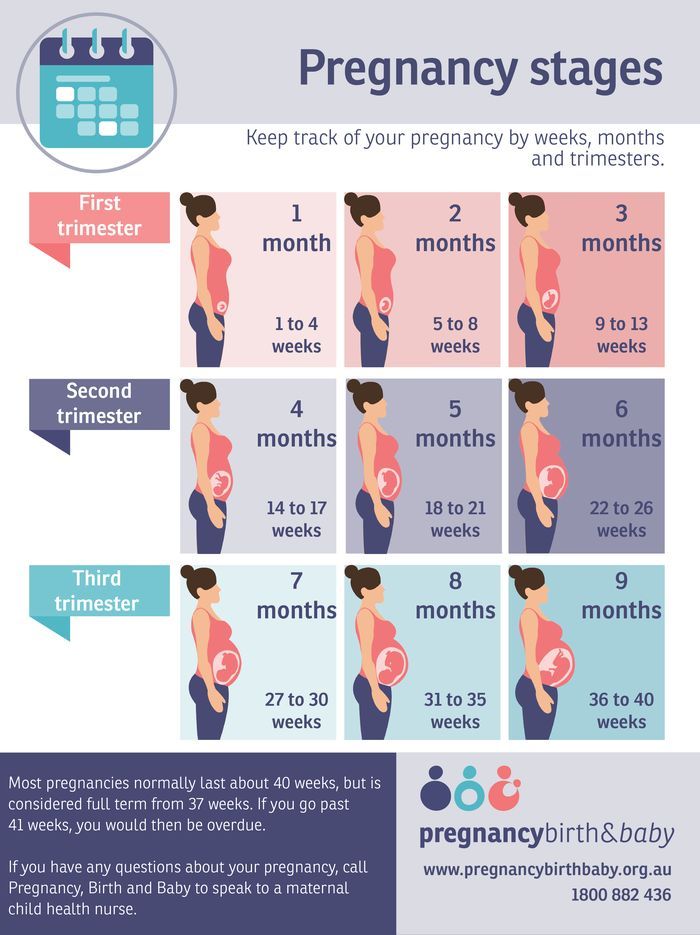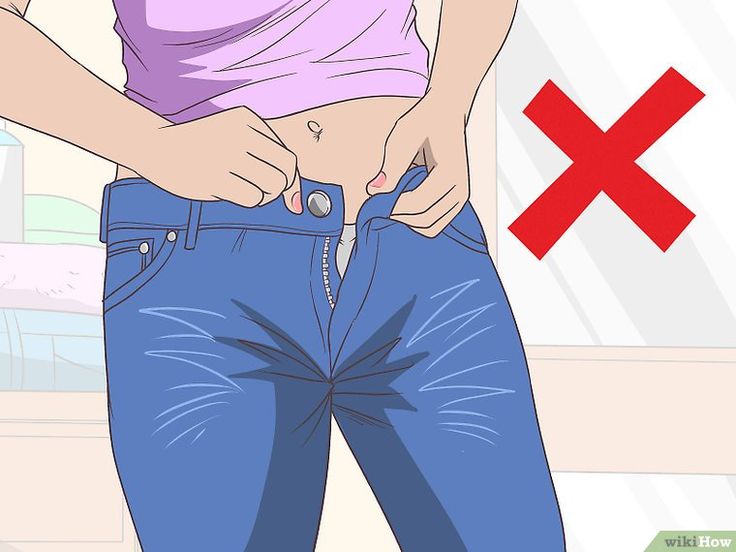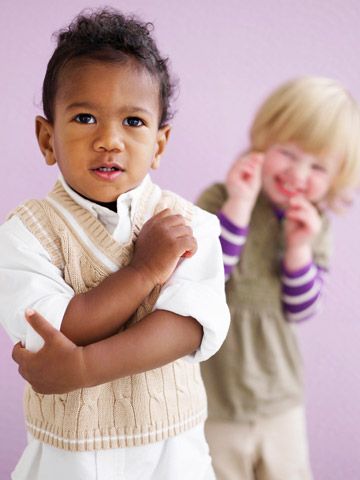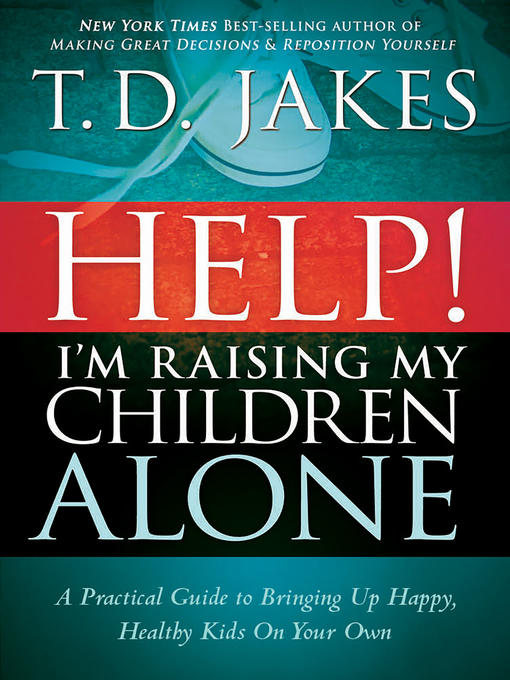When do u start to ovulate
Right Time For Sex , When Do You Ovulate ?
When are you more likely to conceive?
We’re talking about the 'fertile window’ – the days in a woman’s menstrual cycle when pregnancy is possible. The ‘fertile window’ depends on the length of the menstrual cycle, which varies among women.
The ‘fertile window’ is the day an egg is released from the ovary (ovulation) and the five days beforehand. Having sex (intercourse) during this time gives you the best chance of getting pregnant.
Ovulation Calculator
What day did you your most recent period start?
Number of days in your cycle Please select20 Days21 Days22 Days23 Days24 Days25 Days26 Days27 Days28 Days29 Days30 Days31 Days32 Days33 Days34 Days35 Days36 Days37 Days38 Days39 Days40 Days41 Days42 Days43 Days44 Days45 Days
Your ovulation day
Most fertile time
-
What is an ovulation calculator and how does it help you get pregnant?
This ovulation calculator or ovulation calendar can help you work out your most fertile time.
These are the days you are most likely to get pregnant.
It can also estimate your due date if you do become pregnant during your next fertile days.
Others ways to help you work out when you're ovulating:
- Notice changes in vaginal mucus
A few days before ovulation, you may notice your vaginal mucus becomes clear, slick and slippery, and feels a bit like egg white.
This is a sign that ovulation is about to happen. It’s the best time to have sex, as sperm travel more easily in this kind of mucus.
- Use an ovulation predictor kit
You can use a predictor kit from a supermarket or pharmacy, to test your urine for signs of ovulation. If you start testing your urine a few days before the day you next expect to ovulate, a positive result means you are going to ovulate within the next 24 to 36 hours (one to two days).
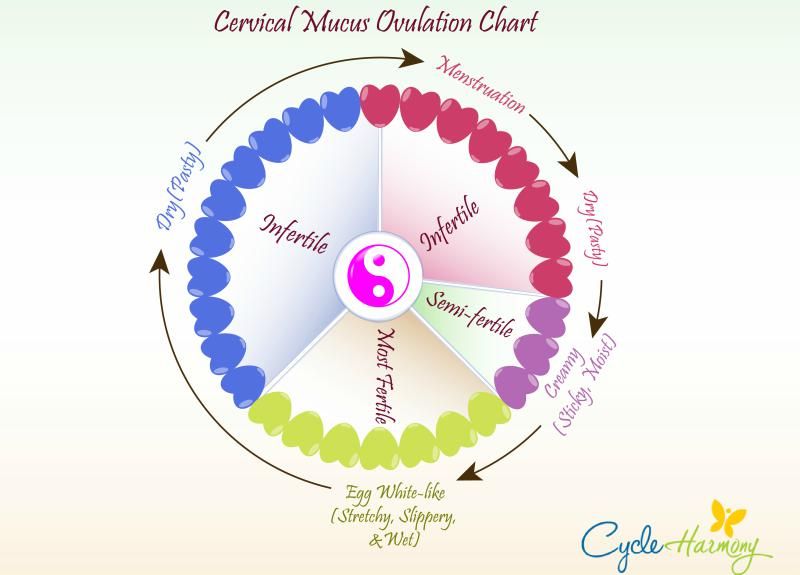
-
Facts about timing
Ovulation is when a mature egg is released from the ovary. The egg then moves down the fallopian tube where it can be fertilised. If sperm are in the fallopian tube when the egg is released, there is a good chance that the egg will be fertilised, creating an embryo, which can grow into a baby.
Pregnancy is technically only possible if you have sex during the five days before ovulation or on the day of ovulation. But the most fertile days are the three days leading up to and including ovulation. Having sex during this time gives you the best chance of getting pregnant.
By 12-24 hours after ovulation, a woman is no longer able to get pregnant during that menstrual cycle because the egg is no longer in the fallopian tube.
There’s almost no chance of getting pregnant if you have sex before or after the fertile window (but if you’re not trying to get pregnant, don’t rely on this – contraception is your best option!).
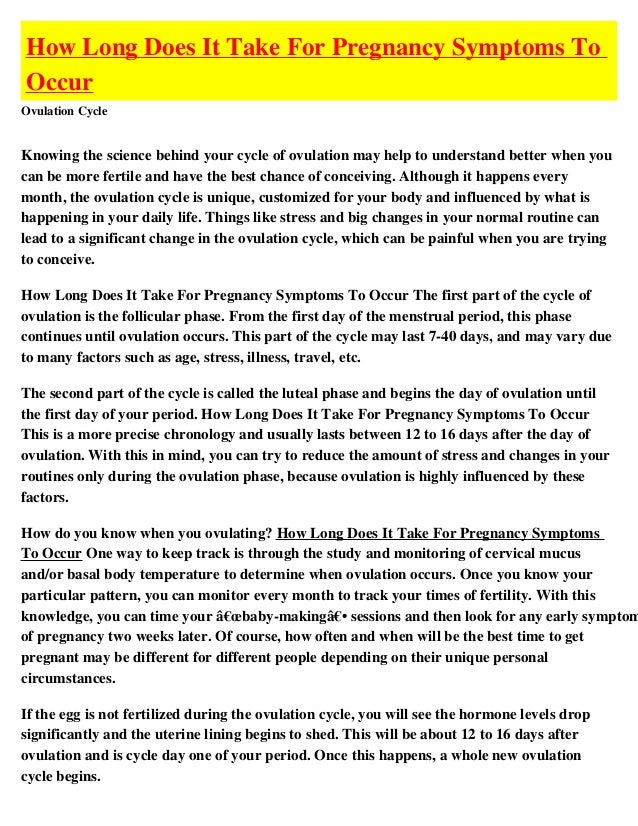
-
How to know when you’re ovulating
Knowing when you ovulate can help you plan for sex at the right time and improve your chance of getting pregnant. You can keep track of your menstrual cycles on a chart, in a diary, or on a free period-tracker app on your smartphone.
To work out the length of your menstrual cycle, record the first day you start bleeding (first day of your period). This is day 1. The last day of your cycle is the day before your next period begins.
- What is a ‘menstrual cycle’ and a ‘period’?
Some people think the ‘menstrual cycle’ and a ‘period’ are the same thing.
A period is when you bleed (or menstruate).

A menstrual cycle starts on the day when a period starts (day 1) and ends the day before the next period. A cycle’s length is considered normal if it’s between 21 and 35 days. They can vary between women and from one cycle to the next.
- Working out your ‘average’ menstrual cycle length
If your menstrual cycles are different lengths (most women’s cycles are) you can work out your average cycle length.
The number of days in a woman’s menstrual cycle can vary month to month. Periods are not always regular. It can be useful to work out an ‘average’ cycle length, based on the length of three menstrual cycles, to estimate when you’re most likely to be ovulating.
If you add the number of days in three cycles and divide the total number by three, it gives you your average cycle length.
Example
Sarah tracked her last three menstrual cycles by counting the time from the first day of one period, to the day before the next period.
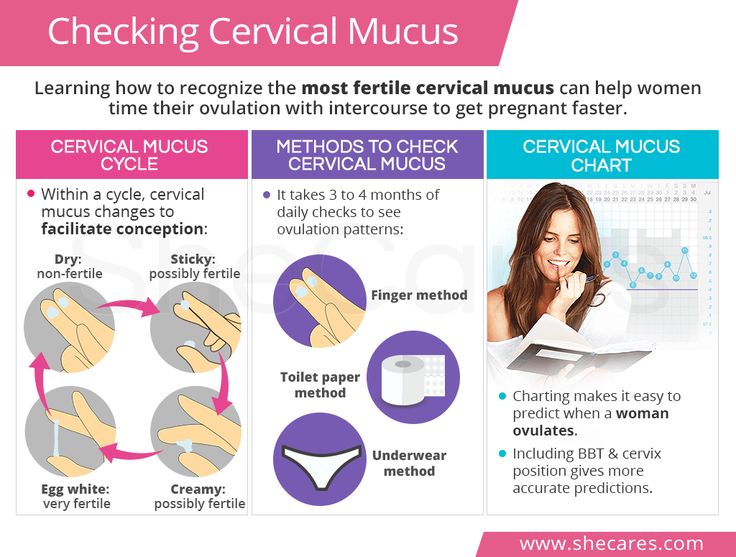
Cycle 1 was 28 days; Cycle 2 was 32 days; Cycle 3 was 27 days
28 + 32 + 27 = 87
87 divided by 3 = 29
So the average length of Sarah’s menstrual cycles is 29 days.
- Working out your most fertile days
When you know your average menstrual cycle length, you can work out when you ovulate.
Ovulation happens about 14 days before your period starts.
- If your average menstrual cycle is 28 days, you ovulate around day 14, and your most fertile days are days 12, 13 and 14.
- If your average menstrual cycle is 35 days ovulation happens around day 21 and your most fertile days are days 19,20 and 21.
- If you have shorter cycles, say 21 days, ovulation happens around day 7 and your most fertile days are days 5, 6 and 7.
Your most fertile days are the three days leading up to and including the day of ovulation.
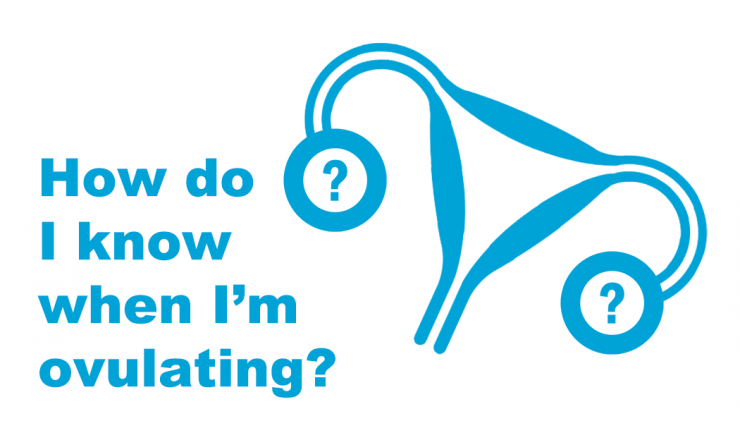
Some women have very irregular cycles or find it difficult to work out an average cycle length. This can make it hard to work out when ovulation happens. If it’s all too hard, having sex every 2-3 days covers all bases and improves your chance of getting pregnant.
Myth busting
- MYTH
A woman can get pregnant any time of the month.
- FACT
A woman can only get pregnant on a few days during her menstrual cycle.
Why?
Because eggs and sperm only live for a short time:
- Sperm live for around five days.
- Eggs can only be fertilised for around 24 hours (one day) after being released from the ovary.
Eggs and sperm need to come together at the right time for fertilisation to happen to create an embryo.
Getting the timing right
If you're trying to get pregnant, timing is everything. Dr Karin Hammarberg explains how to work out when you are ovulating and the right time to have sex to improve your chance of pregnancy.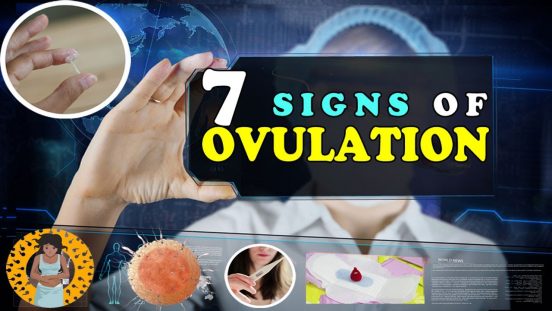
-
What are the chances?
Having sex as close as possible to the time of ovulation increases the chance of pregnancy.
If a woman has sex six or more days before she ovulates, the chance she will get pregnant is virtually zero.
If she has sex five days before she ovulates, her probability of pregnancy is about 10 percent.
If she has sex on the day of ovulation, or the two days before, the chance of getting pregnant is around 30 percent.
These are average figures and depend on a woman’s age.
When does preconception health begin?
Professor Sarah Robertson, Director of Robinson Research Institute, University of Adelaide, highlights the key time before pregnancy that your health is most important to ensure your child has the best start to life.
How to know you are ovulating
Kerry Hampton, a registered nurse and fertility specialist, discusses the importance of fertility awareness, and how to determine your fertile window to improve your chances of conceiving.
- References
- American Society for Reproductive Medicine, Optimizing natural fertility, https://www.reproductivefacts.org/news-and-publications/patient-fact-sheets-and-booklets/documents/fact-sheets-and-info-booklets/optimizing-natural-fertility/
- Berglund Scherwitzl, et al. (2015). Identification and prediction of the fertile window using Natural Cycles. The European Journal of Contraception and Reproductive Health Care, 20(5), 403-408. doi:10.3109/13625187.2014.988210
- Ecochard, R., et al. (2015). Self-identification of the clinical fertile window and the ovulation period.
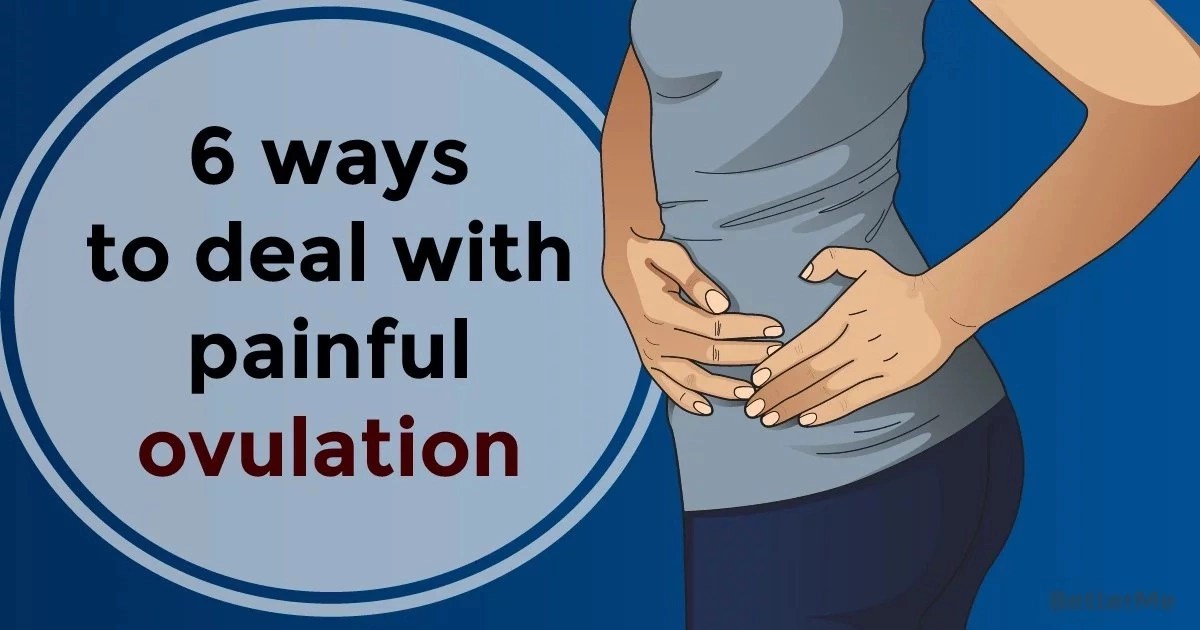 Fertility and Sterility, 103(5), 1319-1325.e1313. doi: http://dx.doi.org/10.1016/j.fertnstert.2015.01.031
Fertility and Sterility, 103(5), 1319-1325.e1313. doi: http://dx.doi.org/10.1016/j.fertnstert.2015.01.031 - Pfeifer, S., et al. (2017). Optimizing natural fertility: a committee opinion. Fertility and Sterility, 107(1), 52-58. doi: 10.1016/j.fertnstert.2016.09.029
- Stanford, J. B. (2015). Revisiting the fertile window. Fertility and Sterility, 103(5), 1152-1153. doi: http://dx.doi.org/10.1016/j.fertnstert.2015.02.015
- Stanford, et al. (2002). Timing intercourse to achieve pregnancy: current evidence. Obstetrics and Gynecology, 100(6), 1333-1341.
- Stephenson, J., et al. (2018). Before the beginning: nutrition and lifestyle in the preconception period and its importance for future health. The Lancet, 10.1016/S0140-6736(18)30311-8 doi: 10.1016/S0140-6736(18)30311-8
- Vélez, M. Pet al. (2015). Female exposure to phenols and phthalates and time to pregnancy: the Maternal-Infant Research on Environmental Chemicals (MIREC) Study. Fertility and Sterility.
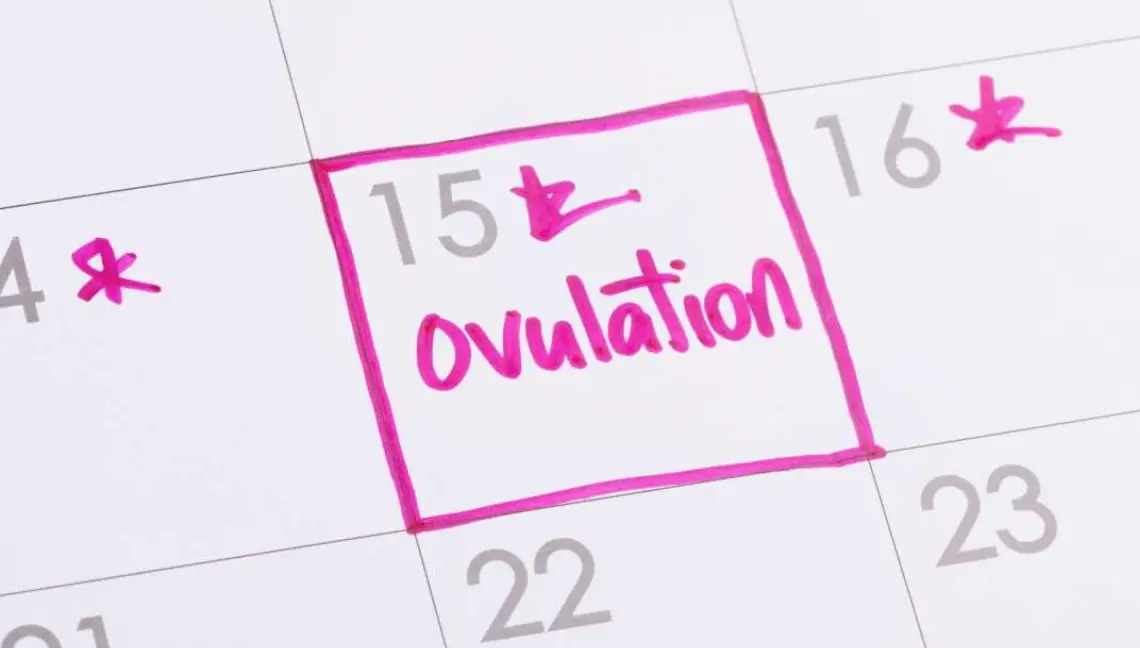 doi: 10.1016/j.fertnstert.2015.01.005
doi: 10.1016/j.fertnstert.2015.01.005 - Verón, G. L., et al. (2018). Impact of age, clinical conditions, and lifestyle on routine semen parameters and sperm kinematics. Fertility and Sterility, 110(1), 68-75.e64. https://doi.org/10.1016/j.fertnstert.2018.03.016
- Waylen, A. Let al. (2009). Effects of cigarette smoking upon clinical outcomes of assisted reproduction: a meta-analysis. Hum Reprod Update, 15(1), 31-44.
- Zenzes, M. T. (2000). Smoking and reproduction: gene damage to human gametes and embryos. Hum Reprod Update, 6(2), 122-131.
Page created on: 28/08/2018 | Last updated: 24/10/2022
How Age Matters For Your Fertility
It's a biological fact that as women and men age, their potential to have children decreases, although the exact time when this starts to happen can vary among individuals.
We all know someone who had a healthy baby in their late 30s or early 40s. But of all people who try for a baby at a later age, many will not have the baby they hoped to have.
Across a population, women younger than 35 and men younger than 40 have a better chance of having a child than people who are older. This is true for natural pregnancies and for pregnancies conceived through assisted reproductive treatments such as IVF (in-vitro fertilisation).
The combination of both partners' ages determines the likelihood of pregnancy.
Liz Ellis - Age and fertility
Australian netball star Liz Ellis, discusses what she wished she knew in her early 30's about the impact age has on fertility and shares her powerful story.
Myth busting
MYTH
IVF is a good back-up option for having a baby later in life.
FACT
Getting pregnant both naturally and with IVF becomes more difficult with age.
Why? Because age affects eggs and sperm
Age and eggs
A woman is born with all the eggs she will ever have.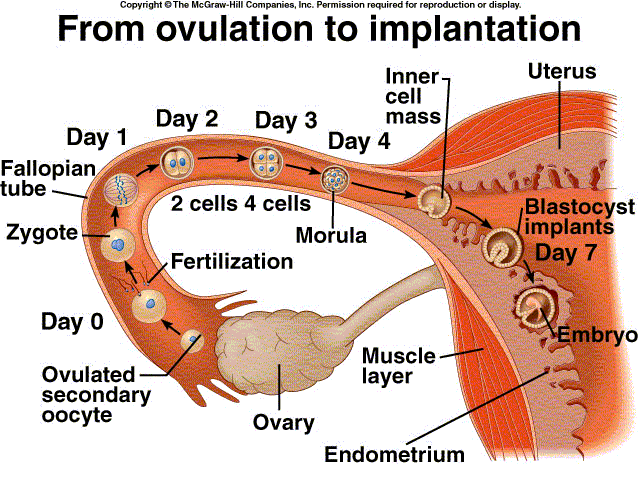 As she ages her eggs age with her and their number and quality reduces over time. This is why her chance of having a baby also reduces over time, especially for women older than 35 years of age.
As she ages her eggs age with her and their number and quality reduces over time. This is why her chance of having a baby also reduces over time, especially for women older than 35 years of age.
This information can be difficult for women who, for whatever reason, are not ready in their 20s or early 30s to start a family.
Age and sperm
Men younger than 40 have a better chance of fathering a child than those older than 40. The quality of the sperm men produce seems to decline as they get older.
Most men make millions of new sperm every day, but men older than 40 have fewer healthy sperm than younger men. The amount of semen (the fluid that contains sperm) and sperm motility (ability to move towards an egg) decrease continually between the ages of 20 and 80.
-
Women’s age and getting pregnant
For individuals and couples there can be many reasons why life gets in the way of starting a family.
 Not having a partner, career, finances, housing, travel, not feeling ready, whatever the reason, many find that it’s just not the right time to have a baby.
Not having a partner, career, finances, housing, travel, not feeling ready, whatever the reason, many find that it’s just not the right time to have a baby.Sometimes people find themselves trying to get pregnant later in life, when it can be a lot more difficult.
For women, the easiest time to get pregnant is before the age of 30. As women get older, it takes longer to conceive and the chance of having a baby decreases.
Women younger than 30 have about a 20 percent chance of getting pregnant naturally each month. By age 40, the chance of pregnancy is about five percent each month.
Women, age and fertility
Dr Melanie McDowell explains what happens to eggs (also known as oocytes) as women age.
Men’s age matters too
We’ve all heard about men in their 80s and 90s fathering children, but this is rare. A father’s age also affects the chance of a couple getting pregnant.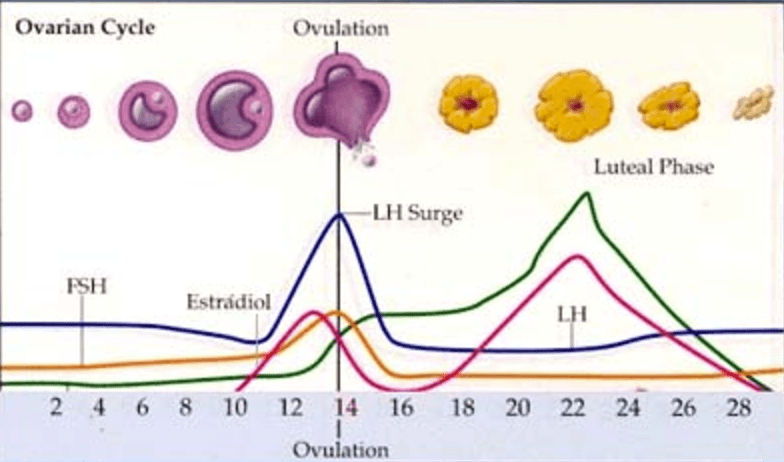 It takes longer for partners of men older than 40 years to conceive.
It takes longer for partners of men older than 40 years to conceive.
Assuming a woman is younger than 25; if her partner is also younger than 25, it takes an average of five months to get pregnant. If her partner is older than 40 years, it takes around two years, and even longer if he is older than 45.
Also, the risk of miscarriage is higher for women whose male partner is older than 45 , compared to men younger than 25 years of age.
For couples having IVF, the chance of having a baby is higher if the man is younger than 41 years of age.
Men, age and fertility
Professor John Aitken explains how men's age affects fertility and why the combination of both partners' ages determines the likelihood of pregnancy.
Pregnancy and birth risks
Because of the changes that happen in eggs and sperm as we age, including damage to genetic material, children of older parents have a slightly higher risk of birth defects and genetic abnormalities.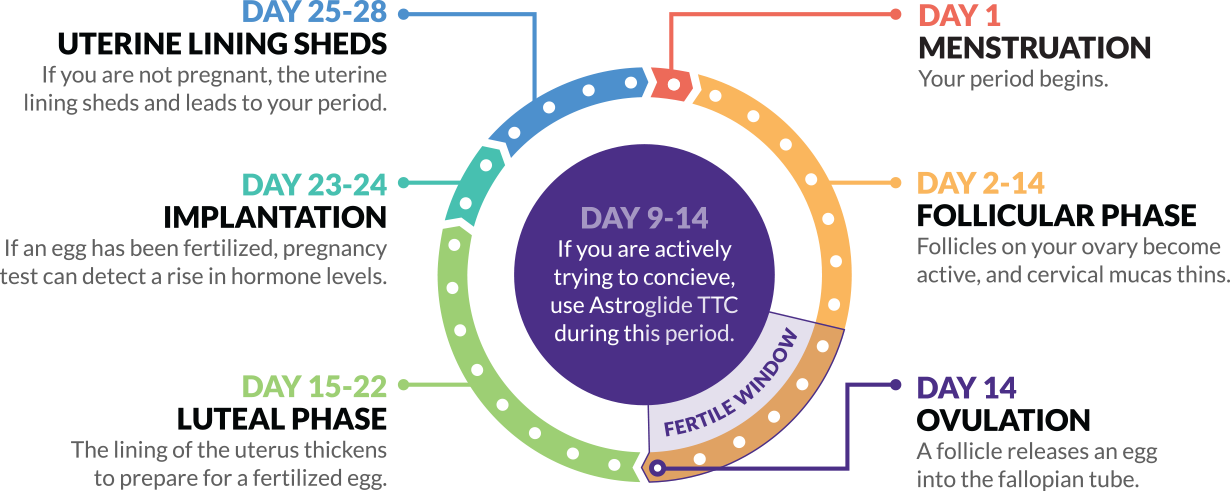 The risk of mental health problems and autism spectrum disorder is marginally higher in children of fathers older than 40 than in those with younger fathers.
The risk of mental health problems and autism spectrum disorder is marginally higher in children of fathers older than 40 than in those with younger fathers.
It is estimated that the risk of having a baby with a chromosomal (or genetic) abnormality is approximately one in 400 for a woman aged 30 and one in 100 for a woman aged 40.
The risks of miscarriage and complications in pregnancy and childbirth are higher for older women than for younger women.
Older women also have a higher risk of having gestational diabetes, placenta previa, placental abruption, a still birth and a caesarean birth than younger women.
It’s important to remember that although the risk of health problems increases with age, most babies are born healthy, whatever their parents’ age.
-
Important conversations
If you want to have a baby (now or sometime in the future), understanding how age affects your chances of getting pregnant and having a healthy baby is really important.
 Talking to your local doctor (GP) or visiting a family planning clinic about your plans for having children may help you understand how you can protect your chances of having a baby.
Talking to your local doctor (GP) or visiting a family planning clinic about your plans for having children may help you understand how you can protect your chances of having a baby.If you are in a relationship, having a conversation early about if and when you’d like to have children can help you and your partner understand each other’s thoughts about having a family.
-
Improving your chances
The good news is there are ways to increase your chance of having a baby, whether you’re single, in a relationship, male or female.
Sometimes getting pregnant is difficult
No matter how healthy you are, or what age you are, sometimes it is difficult to get pregnant.
If you have tried for 12 months or more (six months if you’re a woman older than 35), it’s time to talk to your doctor about your options.
 The best place to start is to see your general practitioner (GP). You might like to complete the Healthy conception tool, and take your results, and your partner’s results (if you have a partner), with you to discuss with your doctor.
The best place to start is to see your general practitioner (GP). You might like to complete the Healthy conception tool, and take your results, and your partner’s results (if you have a partner), with you to discuss with your doctor.
MYTH BUSTING
MYTH: Women can have children at any age because many women have babies in their 40s.
FACT: Age is the most important factor affecting a woman’s chance of conceiving and having a healthy child. Many women in their late thirties and early to mid-forties give birth to healthy babies, but many in these age groups are not able to have a baby.
-
What about IVF?
Some people may think that assisted reproductive treatment such as IVF is the answer to postponing pregnancy to a later age.
IVF can help people with infertility have a family but the technology cannot make up for the natural decline in fertility that happens as women and men get older.
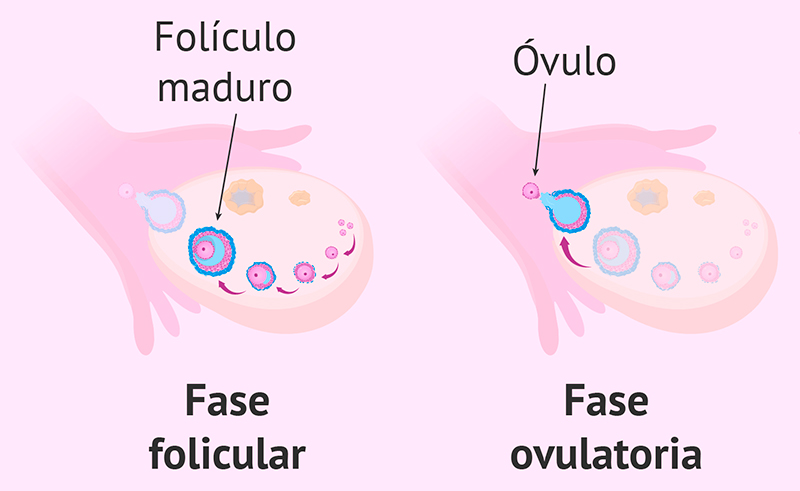
- References
- Australian Institute of Health and Welfare. Australia’s mothers and babies 2015—in brief. Canberra: AIHW; 2017.
- Broekmans, et al. (2007). Female reproductive ageing: current knowledge and future trends. Trends in Endocrinology & Metabolism, 18(2), 58-65.
- Cooke, L., & Nelson, S. M. (2011). Reproductive ageing and fertility in an ageing population. The Obstetrician & Gynaecologist, 13(3), 161-168. doi: 10.1576/toag.13.3.161.27668
- de Graaff, et al. (2011). Demographic age shift toward later conception results in an increased age in the subfertile population and an increased demand for medical care. Fertility and Sterility, 95(1), 61-67.
- D'Onofrio, et al. (2014). Paternal age at childbearing and offspring psychiatric and academic morbidity. JAMA Psychiatry, 71(4), 432-438.
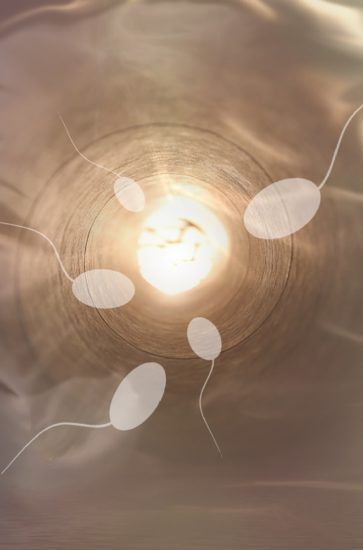
- ESHRE Capri Workshop Group. (2005). Fertility and ageing. Human Reproduction Update, 11(3), 261-276. doi: 10.1093/humupd/dmi006
- Ford, W. C. L., et al. (2000). Increasing paternal age is associated with delayed conception in a large population of fertile couples: evidence for declining fecundity in older men. Human Reproduction, 15(8), 1703-1708.
- Habbema, et al. (2015). Realizing a desired family size: when should couples start? Human Reproduction, 30(9), 2215-2221. doi: 10.1093/humrep/dev148
- Hassan, M. A. M., & Killick, S. R. (2003). Effect of male age on fertility: evidence for the decline in male fertility with increasing age. Fertility and Sterility, 79(Suppl 3), 1520-1527.
- Joseph, K., et al. (2005). The perinatal effects of delayed childbearing. Obstetrics and Gynecology, 105(6), 1410-1418.
- Kong, A., et al. (2012). Rate of de novo mutations and the importance of father's age to decrease risk. Nature, 488(23 August), 471-475.

- Pfeifer, S., et al. (2017). Optimizing natural fertility: a committee opinion. Fertility and Sterility, 107(1), 52-58. doi: 10.1016/j.fertnstert.2016.09.029
- Sartorius, G. A., & Nieschlag, E. (2010). Paternal age and reproduction. Human Reproduction Update, 16(1), 65-79. doi: 10.1093/humupd/dmp027
- Sauer, M. V. (2015). Reproduction at an advanced maternal age and maternal health. Fertility and Sterility, 103(5), 1136-1143. doi: http://dx.doi.org/10.1016/j.fertnstert.2015.03.004
- Somigliana, et al. (2016). Age-related infertility and unexplained infertility: an intricate clinical dilemma. Human Reproduction. doi: 10.1093/humrep/dew066
- Steiner, A. Z., & Jukic, A. M. Z. (2016). Impact of female age and nulligravidity on fecundity in an older reproductive age cohort. Fertility and Sterility. doi: http://dx.doi.org/10.1016/j.fertnstert.2016.02.028
- The Committee on Gynecologic Practice of the American College of Obstetricians and Gynecologists and the Practice Committee of the American Society for Reproductive Medicine.
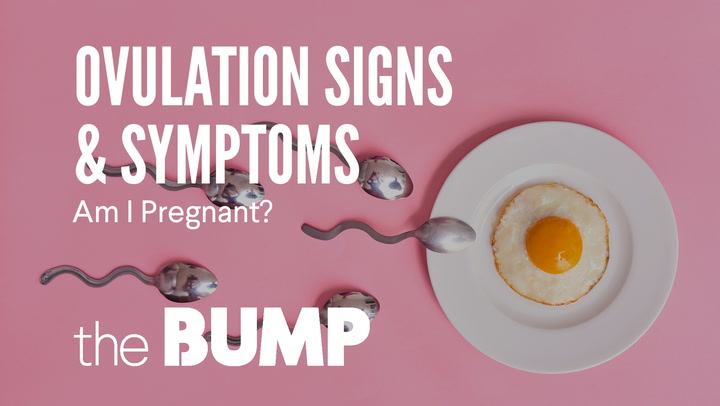 (2008). Age-related fertility decline: a committee opinion. Fertility and Sterility, 90(3), 486-487.
(2008). Age-related fertility decline: a committee opinion. Fertility and Sterility, 90(3), 486-487. - Urhoj, S. K., et al. (2014). Advanced paternal age and mortality of offspring under 5 years of age: a register-based cohort study. Human Reproduction, 29(2), 343-350. doi: 10.1093/humrep/det399
Page created on: 30/08/2018 | Last updated: 24/10/2022
Signs of ovulation
As scientists have found, champagne (in moderation) is as good for health as red wine.
OVULATION (from lat. ovum - egg) - release of a mature egg capable of fertilization from the ovarian follicle into the abdominal cavity; stage of the menstrual cycle (ovarian cycle). Ovulation in women of childbearing age occurs periodically (every 21-35 days). The frequency of ovulation is regulated by neurohumoral mechanisms, mainly gonadotropic hormones of the anterior pituitary gland and ovarian follicular hormone. Ovulation contributes to the accumulation of follicular fluid and thinning of the ovarian tissue located above the protruding pole of the follicle. The rhythm of ovulation , which is constant for every woman, undergoes changes within 3 months after an abortion, within a year after childbirth, and also after 40 years, when the body is preparing for the premenopausal period. Stops ovulation with the onset of pregnancy and after the extinction of menstrual function. Setting a deadline ovulation is important when choosing the most effective time for fertilization, artificial insemination and in vitro fertilization.
Ovulation contributes to the accumulation of follicular fluid and thinning of the ovarian tissue located above the protruding pole of the follicle. The rhythm of ovulation , which is constant for every woman, undergoes changes within 3 months after an abortion, within a year after childbirth, and also after 40 years, when the body is preparing for the premenopausal period. Stops ovulation with the onset of pregnancy and after the extinction of menstrual function. Setting a deadline ovulation is important when choosing the most effective time for fertilization, artificial insemination and in vitro fertilization.
Signs of ovulation
Subjective signs of ovulation may be short-term pain in the lower abdomen. Objective signs of ovulation are an increase in mucous discharge from the vagina and a decrease in rectal (basal) temperature on the day of ovulation with an increase in it the next day, an increase in the content of progesterone in the blood plasma, etc.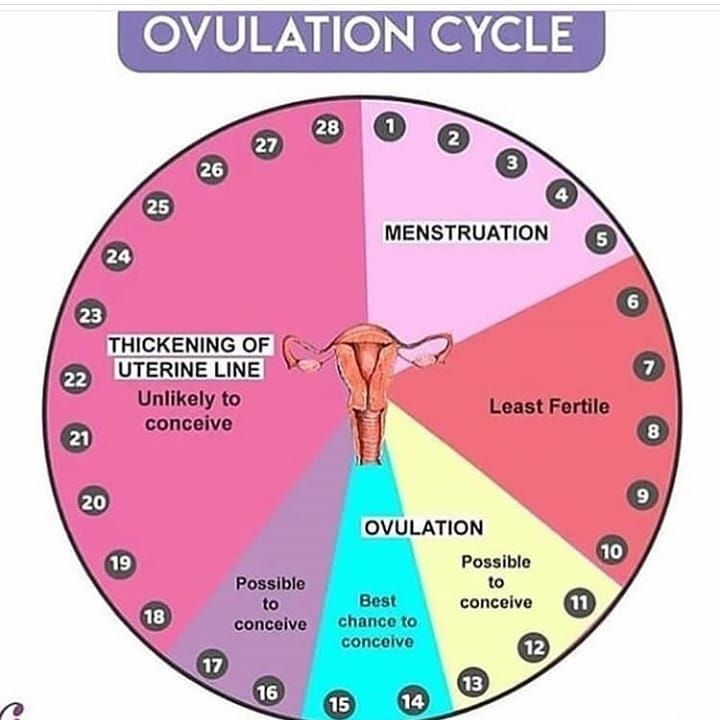 Violation of ovulation is due to dysfunction of the hypothalamic-pituitary-ovarian system and can be caused by inflammation of the genitals, dysfunction of the adrenal cortex or thyroid gland, systemic diseases, tumors of the pituitary and hypothalamus , stressful situations. Lack of ovulation at childbearing age (anovulation) is manifested by a violation of the rhythm of menstruation by the type of oligomenorrhea (menstruation lasting 1-2 days), amenorrhea, dysfunctional uterine bleeding. Absence ovulation (anovulation) is always the cause of a woman's infertility. Methods for restoring ovulation are determined by the cause of anovulation and require an appointment with a gynecologist and special treatment.
Violation of ovulation is due to dysfunction of the hypothalamic-pituitary-ovarian system and can be caused by inflammation of the genitals, dysfunction of the adrenal cortex or thyroid gland, systemic diseases, tumors of the pituitary and hypothalamus , stressful situations. Lack of ovulation at childbearing age (anovulation) is manifested by a violation of the rhythm of menstruation by the type of oligomenorrhea (menstruation lasting 1-2 days), amenorrhea, dysfunctional uterine bleeding. Absence ovulation (anovulation) is always the cause of a woman's infertility. Methods for restoring ovulation are determined by the cause of anovulation and require an appointment with a gynecologist and special treatment.
Some women experience peak sexual arousal on days 90,006 of ovulation 90,007. However, the use of a physiological method of contraception against pregnancy, based on sexual abstinence during ovulation , is especially difficult for young spouses, whose frequency of sexual intercourse reaches a fairly high level.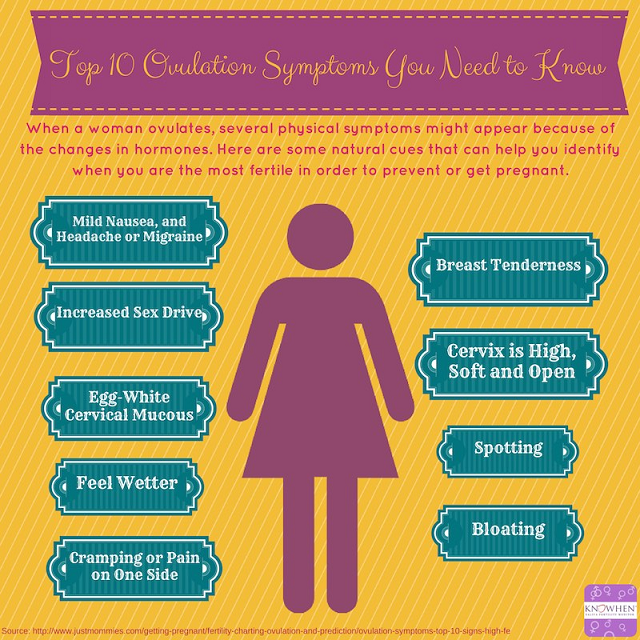 In addition, with strong love excitement and nervous stress, additional ovulation can occur (especially with episodic, irregular intercourse), and then not one, but two eggs mature in one menstrual cycle. This should be remembered when choosing one or another method of contraception.
In addition, with strong love excitement and nervous stress, additional ovulation can occur (especially with episodic, irregular intercourse), and then not one, but two eggs mature in one menstrual cycle. This should be remembered when choosing one or another method of contraception.
As soon as every healthy girl aged 11-15 years begins to menstruate, which is an indicator of her body's readiness for childbearing, then there are problems associated with counting the days of the menstrual cycle and the legitimate question why menstruation does not occur, or vice versa, why does not occur long-awaited pregnancy. This makes a woman think and wait all the time, be in the dark about what happens to her every month. And so every month for decades
Length of menstruation and cycle
Ideal menstruation lasts 3-5 days and repeats every 28 days. However, for some women, this cycle takes 19 days or even less, while for others it lasts from 35 to 45 days, which is a feature of their body, and not a violation of menstrual function.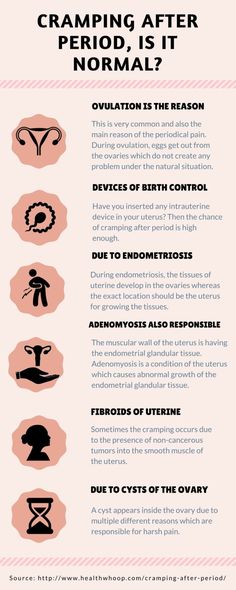 The duration of menstruation also, depending on the organism, can vary within a week. All this should not cause alarm in a woman, but a delay of more than two months, called opsometry or more than six months - amenorrhea, should alert the woman and make sure to find out the cause with a gynecologist.
The duration of menstruation also, depending on the organism, can vary within a week. All this should not cause alarm in a woman, but a delay of more than two months, called opsometry or more than six months - amenorrhea, should alert the woman and make sure to find out the cause with a gynecologist.
Length of menstrual cycle
The menstrual cycle is a complex physiological process that continues in women up to 45-55 years. It is regulated by the so-called sex centers located in the middle part of the diencephalon - the hypothalamus. The changes that occur during the menstrual cycle are most pronounced in the uterus and ovaries. In the ovary, under the influence of hormones produced by the ovarian follicles, partly by the adrenal cortex and testes, the main follicle, which contains the egg, grows and matures. The mature follicle ruptures and the egg, together with the follicular fluid, enters the abdominal cavity, and then into the fallopian tube. The process of rupture of the follicle and the release of a mature (suitable for fertilization) egg from its cavity is called ovulation , which, with a 28-day cycle, occurs most often between the 13th and 15th days.
Corpus luteum, estrogen, progesterone
A corpus luteum forms at the site of the ruptured follicle. These morphological changes in the ovary are accompanied by the release of sex steroid hormones - estrogens and progesterone. Estrogens are secreted by the maturing follicle, and progesterone by the corpus luteum.
The release of estrogen has two maxima - during ovulation and during the period of maximum activity of the corpus luteum. So, for example, if the normal estrogen content is about 10 µg/l, then during ovulation it is about 50 µg/l, and during pregnancy, especially towards the end of it, the estrogen content in the blood increases to 70-80 µg/l per due to a sharp increase in the biosynthesis of estrogens in the placenta.
Together with progesterone, estrogens promote the implantation (introduction) of a fertilized egg, maintain pregnancy and promote childbirth. Estrogens play an important role in the regulation of many biochemical processes, are involved in carbohydrate metabolism, lipid distribution, stimulate the synthesis of amino acids, nucleic acids and proteins.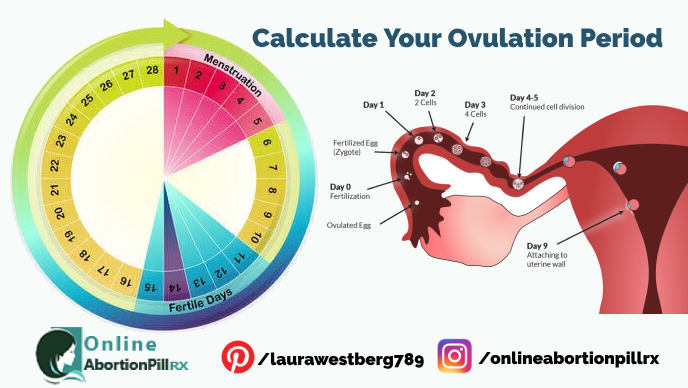 Estrogens contribute to the deposition of calcium in bone tissue, delay the release of sodium, potassium, phosphorus and water from the body, that is, increase their concentration both in the blood and in electrolytes (urine, saliva, nasal secretions, tears) of the body.
Estrogens contribute to the deposition of calcium in bone tissue, delay the release of sodium, potassium, phosphorus and water from the body, that is, increase their concentration both in the blood and in electrolytes (urine, saliva, nasal secretions, tears) of the body.
The secretion of estrogens is controlled by the anterior pituitary gland and its genadotropic hormones: follicle-stimulating (FSH) and luteinizing (LH).
Under the influence of estrogens in the first phase of the menstrual cycle, called folliculin, regeneration occurs in the uterus, that is, the restoration and growth of its mucous membrane - the endometrium, the growth of glands that stretch in length and become convoluted. The mucous membrane of the uterus thickens 4-5 times. In the glands of the cervix, the secretion of mucous secretion increases, the cervical canal expands, and becomes easily passable for spermatozoa. In the mammary glands, the epithelium grows inside the milk ducts.
In the second phase, called luteal (from the Latin word luteus - yellow), under the influence of progesterone, the intensity of metabolic processes in the body decreases.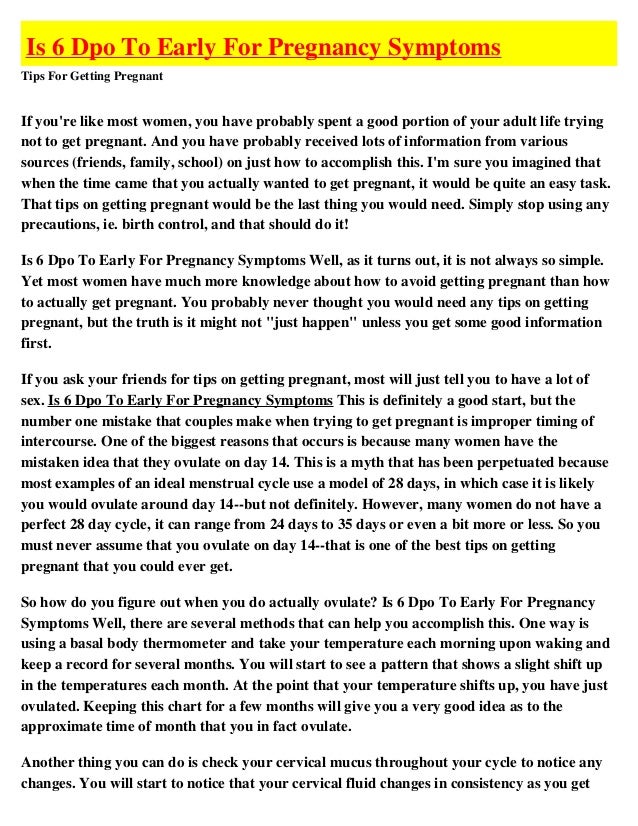 The growth of the mucous membrane of the body of the uterus stops, it becomes loose, edematous, a secret appears in the glands, which creates favorable conditions for attaching a fertilized egg to the mucous membrane and developing the embryo. The glands stop secreting mucus, the cervical canal closes. In the mammary glands, from the overgrown epithelium of the end sections of the milk ducts, alveoli arise, capable of producing and secreting milk.
The growth of the mucous membrane of the body of the uterus stops, it becomes loose, edematous, a secret appears in the glands, which creates favorable conditions for attaching a fertilized egg to the mucous membrane and developing the embryo. The glands stop secreting mucus, the cervical canal closes. In the mammary glands, from the overgrown epithelium of the end sections of the milk ducts, alveoli arise, capable of producing and secreting milk.
If pregnancy does not occur, the corpus luteum dies, the functional layer of the endometrium is rejected, and menstruation occurs. Monthly bleeding varies from three to seven days, the amount of blood lost is from 40 to 150 g.
It should be noted that different women have a noticeable difference in the timing of ovulation . And even for the same woman, the exact timing of the onset fluctuates in different months. In some women, cycles are characterized by exceptional irregularity. In other cases, cycles may be longer or shorter than the average - 14 days.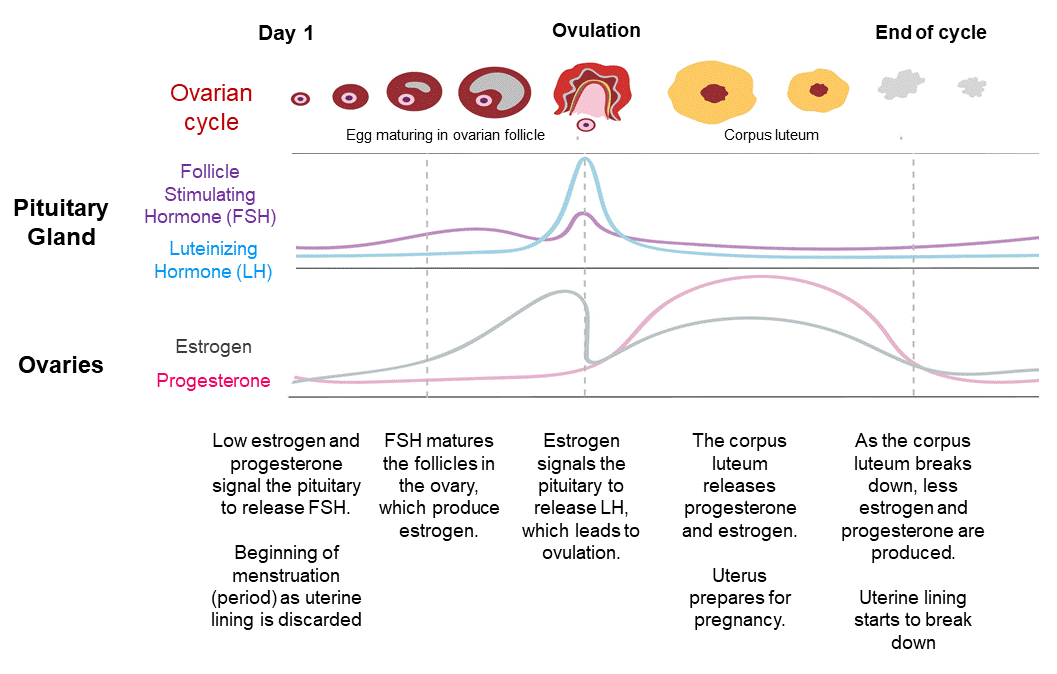 In rare cases, it happens that in women with a very short cycle ovulation occurs around the end of the period of menstrual bleeding, but still, in most cases, ovulation occurs quite regularly.
In rare cases, it happens that in women with a very short cycle ovulation occurs around the end of the period of menstrual bleeding, but still, in most cases, ovulation occurs quite regularly.
If for one reason or another ovulation does not occur , the endometrial layer in the uterus is thrown out during menstruation. If the fusion of the egg and sperm has occurred, then the cytoplasm of the egg begins to vibrate very strongly, as if the egg is experiencing an orgasm. Sperm penetration is the final stages of egg maturation. All that remains of a spermatozoon is its nucleus, where 23 chromosomes are densely packed (half the set of a normal cell). The sperm nucleus is now rapidly approaching the egg nucleus, which also contains 23 chromosomes. The two cores are slowly touching. Their shells dissolve and they merge, as a result of which they are divided into pairs and form 46 chromosomes. Of the 23 chromosomes of the sperm, 22 are completely analogous to the chromosomes of the egg.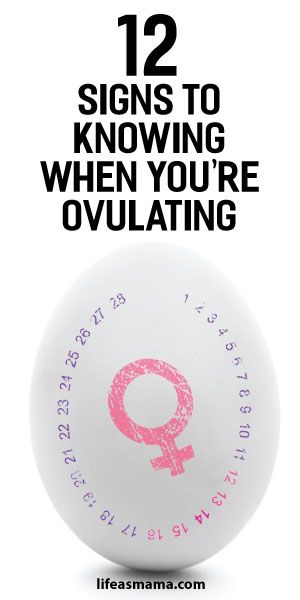 They determine all the physical characteristics of a person except gender. In the remaining pair from the egg there is always an X chromosome, and from the sperm there can be an X or Y chromosome. Thus, if there are 2 XX chromosomes in this set, then a girl will be born, if XY, then a boy.
They determine all the physical characteristics of a person except gender. In the remaining pair from the egg there is always an X chromosome, and from the sperm there can be an X or Y chromosome. Thus, if there are 2 XX chromosomes in this set, then a girl will be born, if XY, then a boy.
Studies conducted at the "National Institute of Medical Environmental Problems" (North Carolina) showed that not only the actual conception of a child, but also its gender depends on the time of conception in relation to the time of onset of ovulation .
The probability of conception is maximum on day of ovulation and is estimated at about 33%. A high probability is also noted on the day before ovulation - 31%, two days before it - 27%. Five days before ovulation the probability of conception is estimated to be 10% four days before ovulation - 14% and three days - 16%. Six days before ovulation and the day after ovulation, the probability of conception during sexual intercourse is very small.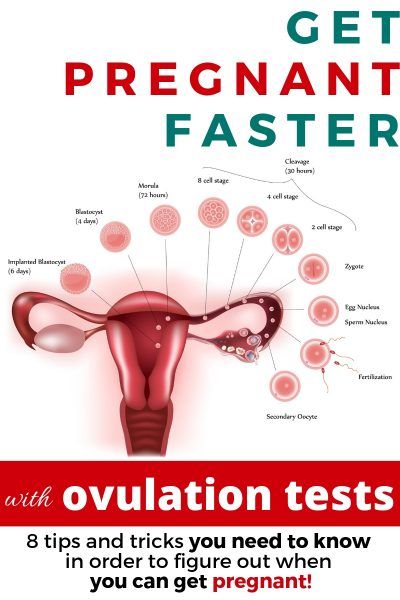
Considering that the average “lifespan” of spermatozoa is 2-3 days (in rare cases it reaches 5-7 days), and the female egg remains viable for about 12-24 hours, then the maximum duration of the “dangerous” period is 6- 9days and the “dangerous” period corresponds to the phase of slow rise (6-7 days) and rapid decline (1-2 days) before and after the day of ovulation , respectively. Ovulation , as noted above, divides the menstrual cycle into two phases: the follicle maturation phase, which, with an average cycle duration of 10-16 days, and the luteal phase (corpus luteum phase), which is stable, independent of the duration of the menstrual cycle and is 12-16 days. The phase of the corpus luteum is referred to as the period of absolute infertility, it begins 1-2 days after ovulation and ends with the onset of a new menstruation.
Ask a question. Make an appointment by phone 8 (843) 207-18-00
Articles
Return to the list
We are waiting for you at the following addresses:
Kazan, st. Siberian tract, 34, bldg. 5
Siberian tract, 34, bldg. 5
Kazan, st. Adoratskogo, d. 17
Kazan, st. Julius Fucik, 91a
E-mail: [email protected]
How to get to Clinics of Kazan
Working hours:
from Mon to Fri 8:00 - 20:00
Saturday 8:00 - 17:00
Sunday closed.
* Data processing policy
Review of the clinic Information search
How to independently determine the beginning of ovulation and not make a mistake
Ovulation is the release of an egg from the follicle. It can be tracked with an ultrasound. Or you can do an ovulation test. But some women claim that they feel it without any auxiliary means. Are you one of those?
Ovulation formula
Knowing when ovulation occurs is important for two things: if a woman wants to get pregnant, or if a woman chooses a calendar method of contraception. The fertile period - the period when fertilization can occur - lasts approximately six days: five days before ovulation and the day of ovulation.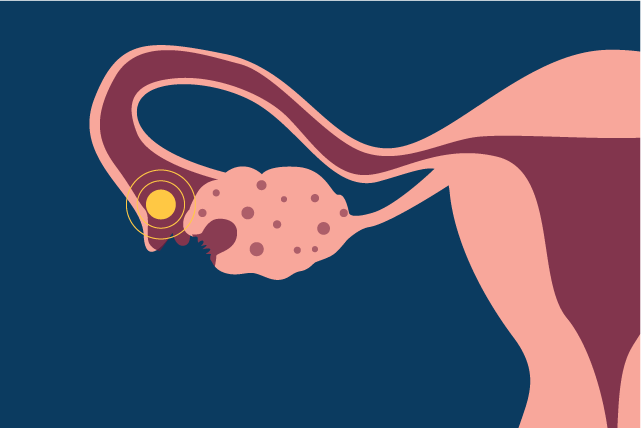 The highest probability of conception is within two days before and on the day of ovulation.
The highest probability of conception is within two days before and on the day of ovulation.
Calculating the day of ovulation mathematically makes sense if you have a very clear and stable menstrual cycle. The length of the first phase of the cycle varies. The second phase is more stable and lasts 14 days. Accordingly, to calculate the day of ovulation, it is necessary to subtract 14 from the cycle length. In an ideal 28-day cycle, ovulation occurs exactly in the middle: 28-14 = 14. In a short cycle, it will occur earlier: for example, with a cycle length of 24 days, ovulation will have to around day 10. In the long - later: 33-14 \u003d 19. For women whose menstrual cycle fluctuates by several days, the formula becomes more complicated: you need to take into account the duration of both the shortest and longest cycles, calculate the average. Still, the figure will only be approximate.
A woman can determine the days favorable for conception if she pays attention to the changes that occur to her on certain days of the cycle. These changes are most noticeable in the uterine mucosa and cervix.
These changes are most noticeable in the uterine mucosa and cervix.
Mucus
Cervical glands produce mucus. Usually it is thick: a real cork that closes the cervical canal and prevents infections from passing into the uterus. In such thick mucus, sperm cells quickly lose their mobility, and it is difficult for them to rise into the uterine cavity. But the main (dominant) follicle growing in the ovary, from which the egg will be released, produces the hormone estradiol. The more estradiol, the more cervical mucus becomes and the thinner it is. On the eve of ovulation, it becomes extensible, like egg white. In some women, this viscous transparent discharge in the middle of the cycle is very noticeable. For some - a few days before ovulation, for others - only on the day of ovulation itself. This is individual.
Pain
Ovulation may be indicated by pain in the lower abdomen on the days of the cycle, not associated with menstrual bleeding. The pain can be in the lower abdomen in the center or on the right / left - depending on which ovary the dominant follicle matures.![]() The pain is often of a pulling nature. It may be accompanied by slight bloating or a feeling of fullness in the lower abdomen. At first, the pain is slight, but within a couple of days it can intensify. These pains are associated with an increase in the level of biologically active substances in the body of a woman before ovulation - prostaglandins. Prostaglandins dissolve the wall of the follicle and ovarian tissue so that the egg can be released into the abdominal cavity, and from there into the fallopian tube. The "side effect" of prostaglandins is pain. Just like a change in the nature of cervical mucus, pain associated with ovulation may occur only on the day of ovulation itself or be noted on the eve of ovulation and even a day or two after it.
The pain is often of a pulling nature. It may be accompanied by slight bloating or a feeling of fullness in the lower abdomen. At first, the pain is slight, but within a couple of days it can intensify. These pains are associated with an increase in the level of biologically active substances in the body of a woman before ovulation - prostaglandins. Prostaglandins dissolve the wall of the follicle and ovarian tissue so that the egg can be released into the abdominal cavity, and from there into the fallopian tube. The "side effect" of prostaglandins is pain. Just like a change in the nature of cervical mucus, pain associated with ovulation may occur only on the day of ovulation itself or be noted on the eve of ovulation and even a day or two after it.
How to understand that pain is associated with ovulation
It is important to understand that pain in the lower abdomen can be associated with much less pleasant causes than ovulation.
How to understand that this is exactly “it”.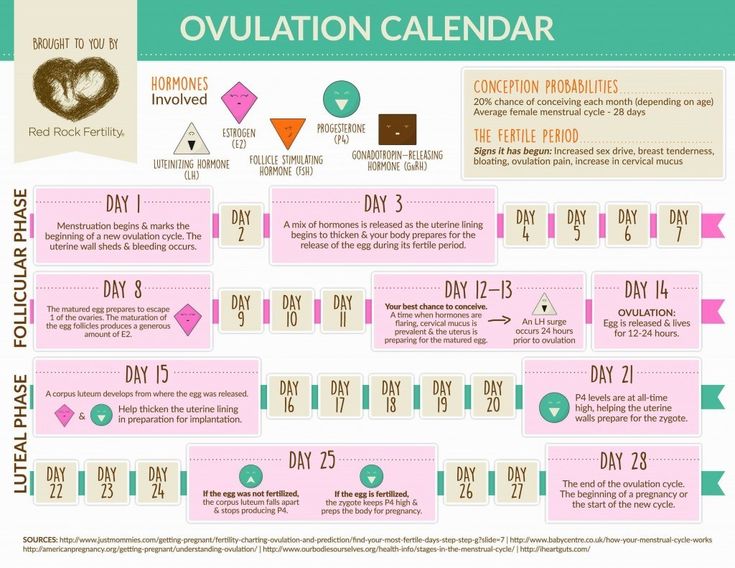
- The pain lasts 1-3 days and goes away on its own.
- Pain recurs in several cycles.
- Approximately 14 days after such pain comes another menstruation.
Pain during ovulation is moderate and does not require pain medication. Severe pain indicates a health problem. If the pain on the days of the alleged ovulation is severe, you need to contact a gynecologist. Other alarming symptoms accompanying pain in the lower abdomen and which may indicate a problem with the uterus and appendages: fever, increased discharge (leucorrhoea) from the genital tract, discoloration of the leucorrhoea from transparent or white to yellow-green, spotting. By the way, taking painkillers and NSAIDs (non-steroidal anti-inflammatory drugs) on the days of expected ovulation or shortly before ovulation can reduce the chances of conception.
Technical aids
Home test
Ovulation can be determined with a home test available from a pharmacy. The principle of the study is based on determining the concentration of luteinizing hormone (LH) in the urine.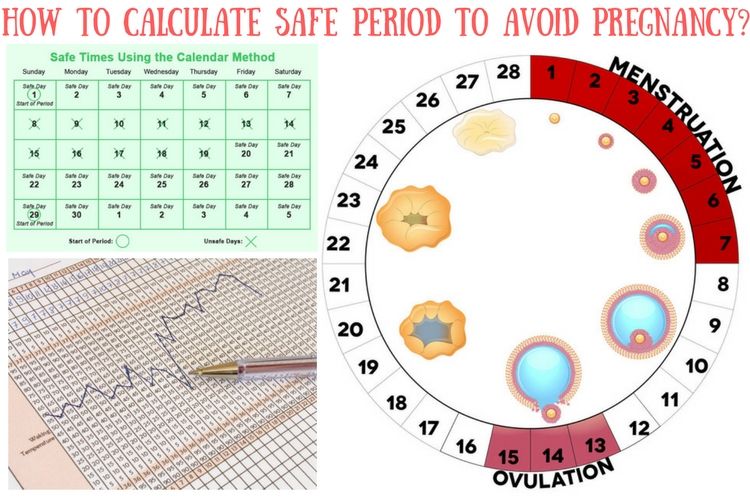 The level of LH in women fluctuates depending on the period of the menstrual cycle. Just before ovulation, it reaches its maximum values. The ovulation test makes it possible to register the peak of LH release into the blood. After the maximum LH surge, ovulation occurs within the next 36 hours. Therefore, with a positive ovulation test, this and the following days are most favorable for conception.
The level of LH in women fluctuates depending on the period of the menstrual cycle. Just before ovulation, it reaches its maximum values. The ovulation test makes it possible to register the peak of LH release into the blood. After the maximum LH surge, ovulation occurs within the next 36 hours. Therefore, with a positive ovulation test, this and the following days are most favorable for conception.
Folliculometry
This is a series of ultrasound examinations carried out during one or more menstrual cycles. During folliculometry, the growth of follicles and changes in the endometrium are assessed according to the day of the menstrual cycle, and the fact of ovulation is also ascertained. The average size of the dominant follicle, at which ovulation can occur, is 18-25 mm. If during folliculometry the size of the dominant follicle is 18 mm, this and the next few days are most favorable for pregnancy. The next folliculometry to confirm the fact that ovulation has occurred is desirable to do in 3-4 days.
